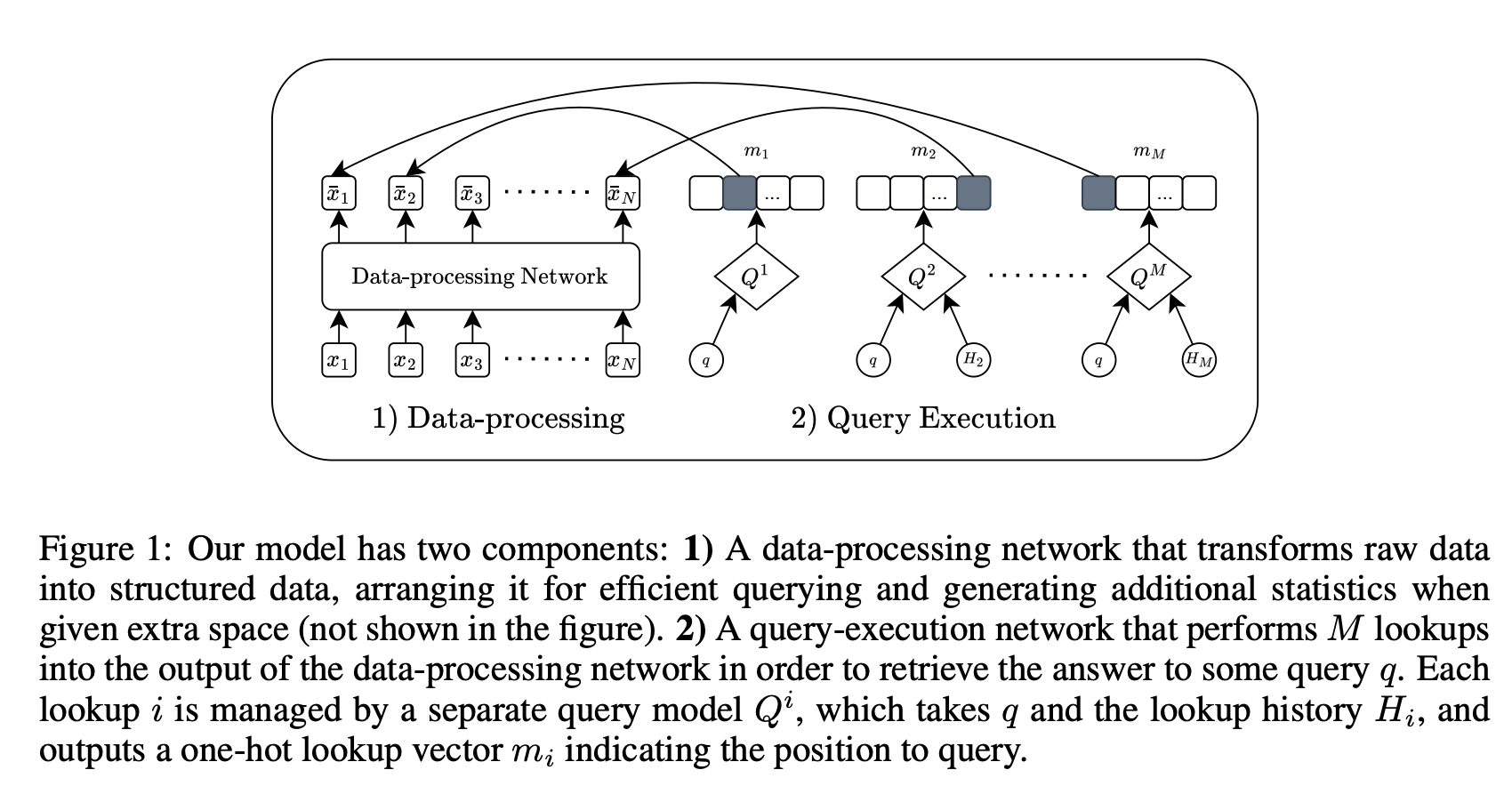
Advancements in Machine Learning for Data Structures
Autonomous Design of Data Structures
Machine learning has evolved to create models that can independently design data structures for specific tasks, like nearest neighbor (NN) search. This means models can learn how to organize data efficiently, reducing both storage needs and computation time.
Challenges with Traditional Data Structures
Creating efficient data structures is still a challenge. Traditional structures, such as binary search trees, often focus on worst-case scenarios, which can lead to inefficiencies. They do not adapt to the unique patterns in data, resulting in slower query responses.
Innovative Framework for Data Structure Discovery
Researchers from several institutions have developed a new framework that uses machine learning to autonomously create optimized data structures. This framework consists of two main parts:
– **Data-Processing Network**: Organizes raw data into efficient structures.
– **Query-Execution Network**: Navigates the structured data for quick retrieval.
Both networks are trained together, allowing them to adapt to different data types without needing predefined structures.
How the Framework Works
The framework uses an 8-layer transformer model. The data-processing network ranks elements in a dataset, while the query-execution network learns the best way to retrieve data based on past queries. This joint training leads to high accuracy, achieving 99.5% precision in 1D NN search.
Performance Highlights
The framework has shown exceptional performance in various tests:
– **1D NN Search**: Outperformed traditional binary search methods by starting queries closer to the target.
– **High-Dimensional Data**: Achieved results similar to specialized algorithms, demonstrating adaptability.
– **Efficient Memory Use**: Increased accuracy when more memory was allocated, showing flexibility in constrained environments.
Key Takeaways
– **Autonomous Structure Discovery**: The model creates effective data structures without human input.
– **High Precision**: Achieved 99.5% accuracy in data ranking and efficiently handled complex data.
– **Adaptability**: Improved performance with additional memory, showcasing its capability in various scenarios.
– **Broad Applicability**: The framework also excelled in frequency estimation tasks, indicating its potential in diverse applications.
Conclusion
This research marks a significant advancement in machine learning for data structure design. By utilizing adaptive training, the framework addresses the limitations of traditional structures, enhancing data retrieval speed and accuracy. This innovation opens new possibilities for autonomous data processing.
Stay Connected
Check out the full paper for more insights. Follow us on Twitter, join our Telegram Channel, and LinkedIn Group for updates. If you enjoy our work, subscribe to our newsletter and join our 55k+ ML SubReddit.
Sponsorship Opportunity
Promote your research, product, or webinar to over 1 million monthly readers and 500k+ community members.
Explore AI Solutions
To enhance your business with AI, identify automation opportunities, define KPIs, select suitable AI solutions, and implement them gradually. For AI KPI management advice, contact us at hello@itinai.com. Stay updated on AI insights through our Telegram and Twitter channels.


























